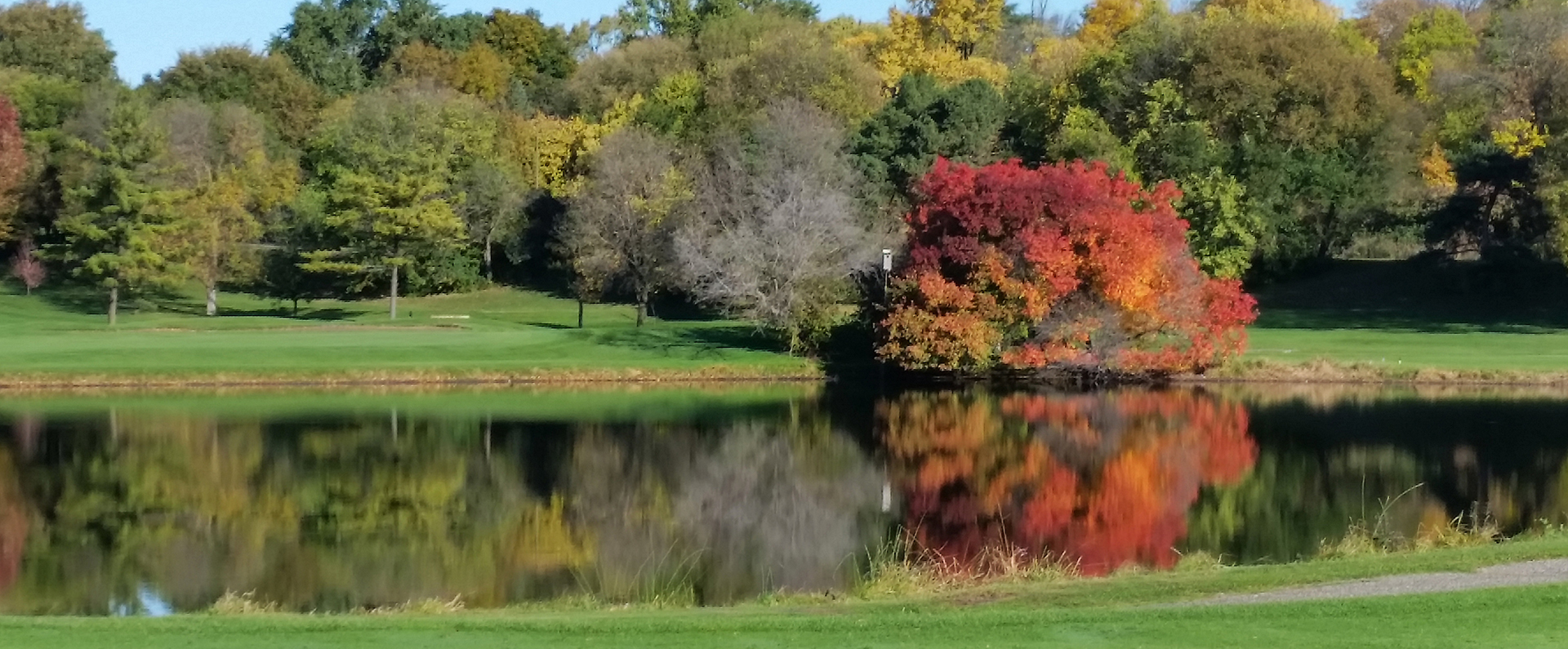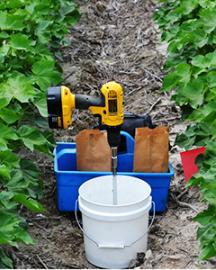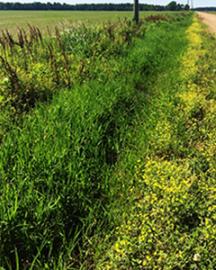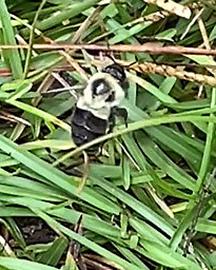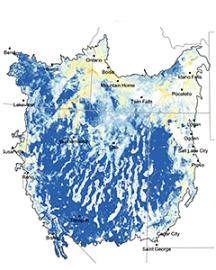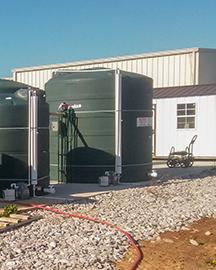When the Grass is Greener on All Sides
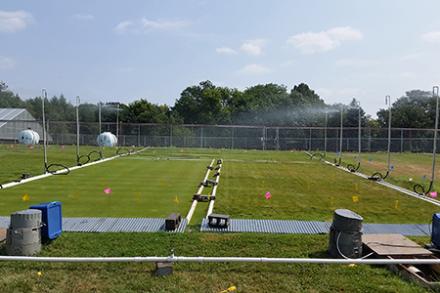
Fertilizers that are widely used on lawns and other vegetation contain nitrogen; an element that helps plants grow – but can also cause significant problems. Because nitrogen dissolves easily in water, events like rain and irrigation wash it into surrounding waterways. There, it can cause overgrowth of algae and free-floating aquatic plants, blocking light. As this growth dies and degrades, it also depletes oxygen from the water, harming aquatic animals.
ARS researchers at the Soil and Water Management Unit in St. Paul, MN, and University of Minnesota collaborators, investigated whether vegetative filter strips – essentially, 50-foot-wide borders of live plants – could remove this excess nitrogen from runoff. They selected and grew a fine fescue grass mixture, then measured levels of two forms of nitrogen in runoff entering and leaving the strips. Their result: the strips removed 40%-98% of the excess nitrogen from the surfaces they bordered, providing a promising approach to protecting our valuable waterways.
Related Information
Research Project: Developing Agricultural Practices to Protect Water Quality and Conserve Water and Soil Resources in the Upper Midwest United States


